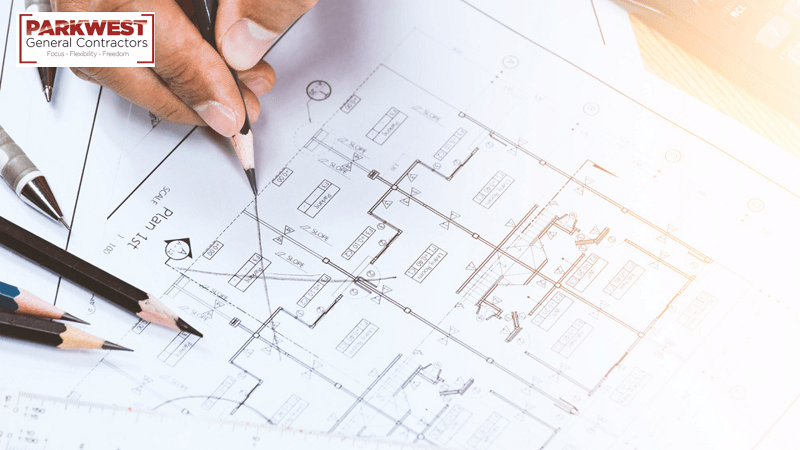


Construction is work that involves making several estimates. The accuracy of material cost estimates and forecasting supplies to meet future demand can directly impact a contractor's bottom line. Here's a look at the most common estimating mistakes construction companies encounter and how to resolve them.
Bidding opportunities on construction projects typically allow prospective bidders to visit the site. Since every job site is unique, it's difficult to predict its conditions without making a physical visit. Your visit should involve examining the topography and measurements to ensure accurate estimates.
A takeoff in construction is the process of determining material types and amounts needed for a project. Accurate takeoffs are necessary to list exact quantities of materials and supplies. They also influence the amount of labor and equipment needed. Inaccurate takeoffs can lead to overestimating costs, which can mean losing the project to a lower bidder.
One of the most common estimating mistakes in construction is for labor, which may involve adjusted wages. It's important to focus on man-hours when estimating labor costs. Be sure to keep records of labor to compare current costs with historical data.
The cost of building materials and supplies is difficult to estimate due to fluctuating market prices. It's imperative to order the right amount of supplies upfront to avoid paying potentially higher costs. Supply shortages can negatively impact a company's productivity, customer satisfaction, and bottom line.
Construction work poses various risks that affect the value of the investment. Failing to conduct a risk assessment is a common way that project costs rise much higher than expected. When it comes to major risks, you need plans that prepare for and mitigate disaster.
It's risky to estimate costs without doing some research. Some people are good at making ballpark estimates, but getting closer to exact figures is more effective risk management. Your estimates should include overhead, workforce gear, and soft (indirect) costs.
Even experienced estimators can make mathematical mistakes. That's why it's crucial to review your measurements the same way authors proofread their work. The first set of estimates works as a rough draft, but double-checking measurements strengthens confidence in the data.
General contractors often subcontract construction work to specialists. It's important to review bid proposals thoroughly to check if subcontracting work is included in the estimates.
Falling into these common estimating traps can lead to financial losses for a construction project. It's best to estimate project costs as diligently as possible to avoid unforeseen expenses. Contact us at Parkwest General Contractors to learn more about estimating construction costs.